 |
 |
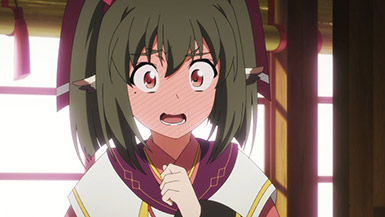 |
 |
 |
 |
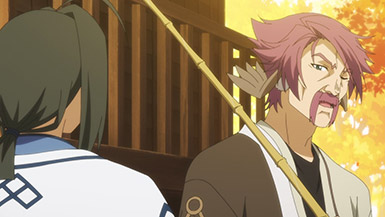 |
 |
 |
 |
 |
 |
 |
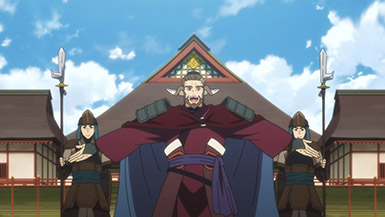 |
 |
 |
 |
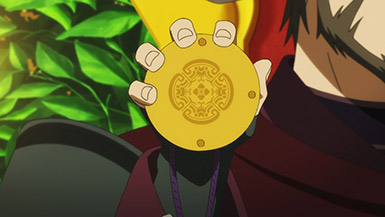 |
 |
 |
 |
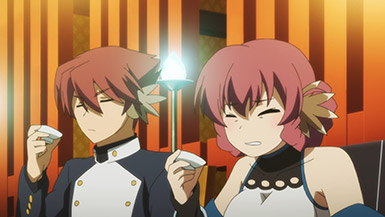 |
 |
 |
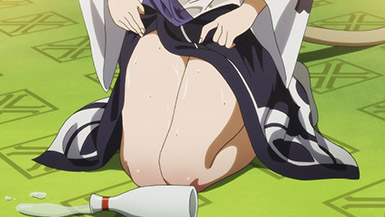 |
 |
 |
 |
 |
 |
 |
 |
 |
 |
 |
 |
「策動の森」 (Sakudō no Mori)
“Forest of Schemes”
As I’ve mentioned before, Utawarerumono is a half a tactical RPG. For those who are not familiar with the genre, it’s basically assymetrical chess with customisable pieces on more complex board. For Utawarerumono in particular, each chess piece was a main character. When the player can field a team of maybe a dozen chess pieces, that necessitates the cast being rather large.
Large casts are unwiedly. It’s useful, then, that the other half of Utawarerumono is a visual novel, because it’s a perfect medium to handle large groups of characters. Visual novels often have large casts naturally because they are often character driven, dialogue driven, and wants to be able to permutate its cast if it wants to split itself into different routes. And visual novels are able to shove any number of characters into a scene when needed because, despite the name, the open secret is that they’re not that visual. The traditional presentation of any scene is just sprites on a piece of set art. Through this abstraction, the scene doesn’t really need to be blocked at all. Only characters that are engaged in dialogue need to actually show up and those that are not can be easily hidden from view. The player does not have to think about their presence at all and doesn’t really need to engage with details of where everyone is in relation to everyone else.
Anime, on the hand, is very much a visual medium and does actually need to block every scene. Unless a scene is just close-ups all the time (which would not be great cinematography), all characters in a scene actually need to be somewhere and doing something. A large number of characters clutter the scene. Those in the background are either active, in which case they take up previous animation resources, or they’re just standing around, which can look silly. I have criticised other adaptations, like FGO Babylonia, of not knowing what to do with its characters and it’s a difficult problem for a storyboarder to solve.
What Utawarerumono has done is to simply cut the cast out. In the game, everywhere Oshtar went his gang was sure to go but in the anime they’ve simplified. Most of the cast actually don’t show up this episode, focusing on the just the plot-centric redheads and Kuon. On the one hand, it means the anime doesn’t have to work out how to pack the entire noisy party into one tiny village, but on the other hand we miss out on a lot of the banter that both flesh out character dynamics and add colour to exposition heavy scenes. As we’ve already discussed, though, cuts are inevitable and necessary and I think the ones done this episode were a good compromise, with more time devoted to setting up what should be the action-payoff next episode. It helps that Nosori is not an especially complex character: she’s simple, she has breasts, that’s all we need.
Oh, and of course Kuon thighs. Definitely needed that too.
